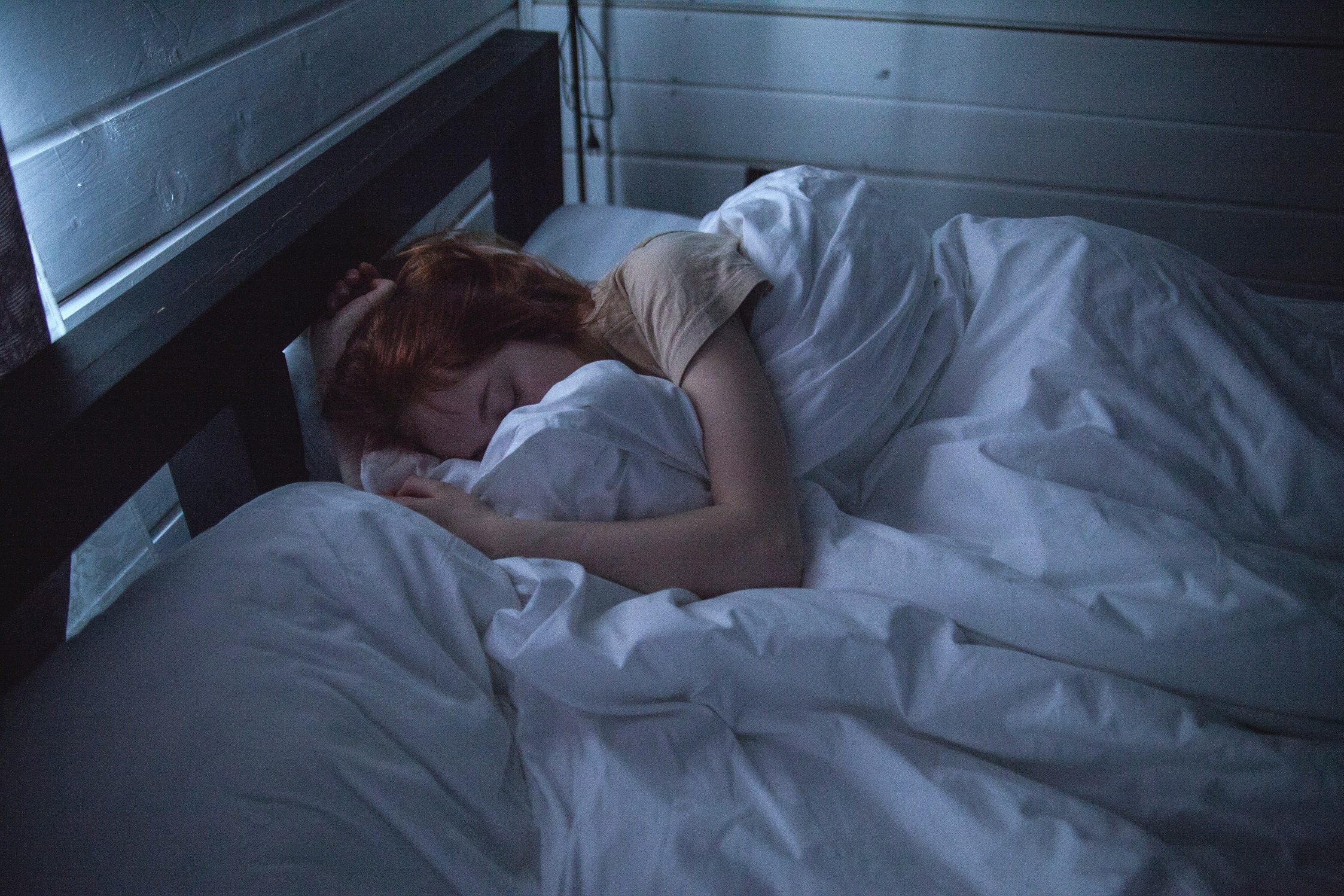Tuesday 21 June is the summer solstice in the Northern Hemisphere, making it the longest day of the year. We can look forward to plenty of long, sunny days and bright evenings. But did you know that sunlight also has a direct impact on our health and that safely getting more sun can be very good for you?
Read on to learn how soaking up those rays can do you good and how to do so safely.
How Sunlight Impacts Health

We hear a lot about the risks of too much sun. Painful burns, heatstroke, and even skin cancer can all be consequences of too much sun exposure. But sunlight can also be incredibly good for both physical and mental health.
Vitamin D
Vitamin D is essential for a variety of functions including keeping bones, teeth, and muscles healthy. Vitamin D is also hard to get from food sources alone, and sunlight is the best natural source. According to Healthline, up to 42% of American adults have a Vitamin D deficiency. In colder regions, that figure is likely to be even higher.
Better Sleep
The body produces a hormone called melatonin that is responsible for regulating the sleep cycle. Melatonin production is most active when it is dark, which is why most of us feel sleepy at night and stay awake longer in the summer. Getting plenty of sun helps to regulate your circadian rhythm, helping you to sleep better.
Lower Stress and Depression
Getting out in the sun boosts serotonin, a naturally occurring chemical that helps to regulate mood. This means that regular exposure to sunlight can increase your feeling of wellbeing and help to fight off depression and stress.
How to Get More Sunlight Safely
Though sunlight has all the above health benefits, it also carries some risks. That means you need to understand sun safety so that you can maximize the benefits while mitigating the risks. Here are a few strategies to help you stay safe in the sun.
Always Wear Sunscreen

When the sun is out, you risk getting sunburned or causing damage to your skin. Therefore, always wear sunscreen in an appropriate factor when you’re going out in the summer.
Apply sunscreen to every area of your body that isn’t covered by clothing. Pay particular attention to your face, the back of your neck (especially if you have short hair), the tops of your ears, and your back and shoulders.
Don’t forget to top up your sunscreen every hour or two, and top it up straight away if you have been in water.
Wear a Hat

Wearing a sunhat is an easy way to protect your face and neck from the sun’s ultraviolet radiation. This can prevent painful and skin-damaging sunburn. A wide-brimmed hat in a fabric that you cannot see through offers the most protection.
Wear Sunglasses

The sun’s rays can be damaging to your eyes. Too much UV radiation can damage the cornea, retina, and lens, increasing your risk of eye diseases and sight problems later in life. A good pair of UV-protective sunglasses will keep your eyes safe. Look for sunglasses that offer 100% UV protection.
Go for a Morning or Evening Walk

The sun is strongest, and therefore most dangerous, in the middle of the day. Therefore, why not go out for a walk in the morning or evening? You’ll soak up all the benefits of being in the sun, but you’ll be at much lower risk of burns.
Remember to stay hydrated, as even early morning or late evening sun can make you sweat more than usual.
Swim Outdoors

Swimming outdoors is a great way to get your workout in while taking in some sunlight at the same time. Find an outdoor pool near you, or check out our feature on wild swimming if you fancy swimming in a lake, river, or the ocean.
Don’t forget that water will wash away your sunscreen, so re-apply it as soon as you get out of the water.
Sit in the Shade

You can enjoy many of the benefits of being outdoors in the sun while protecting yourself by spending part of your time outside in the shade. Use a canopy, parasol or tent, or sit under a tree or in the shade of a building. This keeps you cool and limits the amount of time you have sunlight hitting your skin directly.
Stay Safe and Enjoy the Summer!
Read more

Father’s Day on June 19 is fast approaching. If you haven’t found the perfect gift for Dad yet, there’s still time. Chocolates and wine are popular gifts, but what if your dad is trying to live a h...

Many of us are not getting enough sleep. In fact, according to Singlecare, the average adult gets fewer than 7 hours of sleep per night and 62% of adults globally don’t sleep as well as they would ...






Leave a comment
All comments are moderated before being published.
This site is protected by hCaptcha and the hCaptcha Privacy Policy and Terms of Service apply.